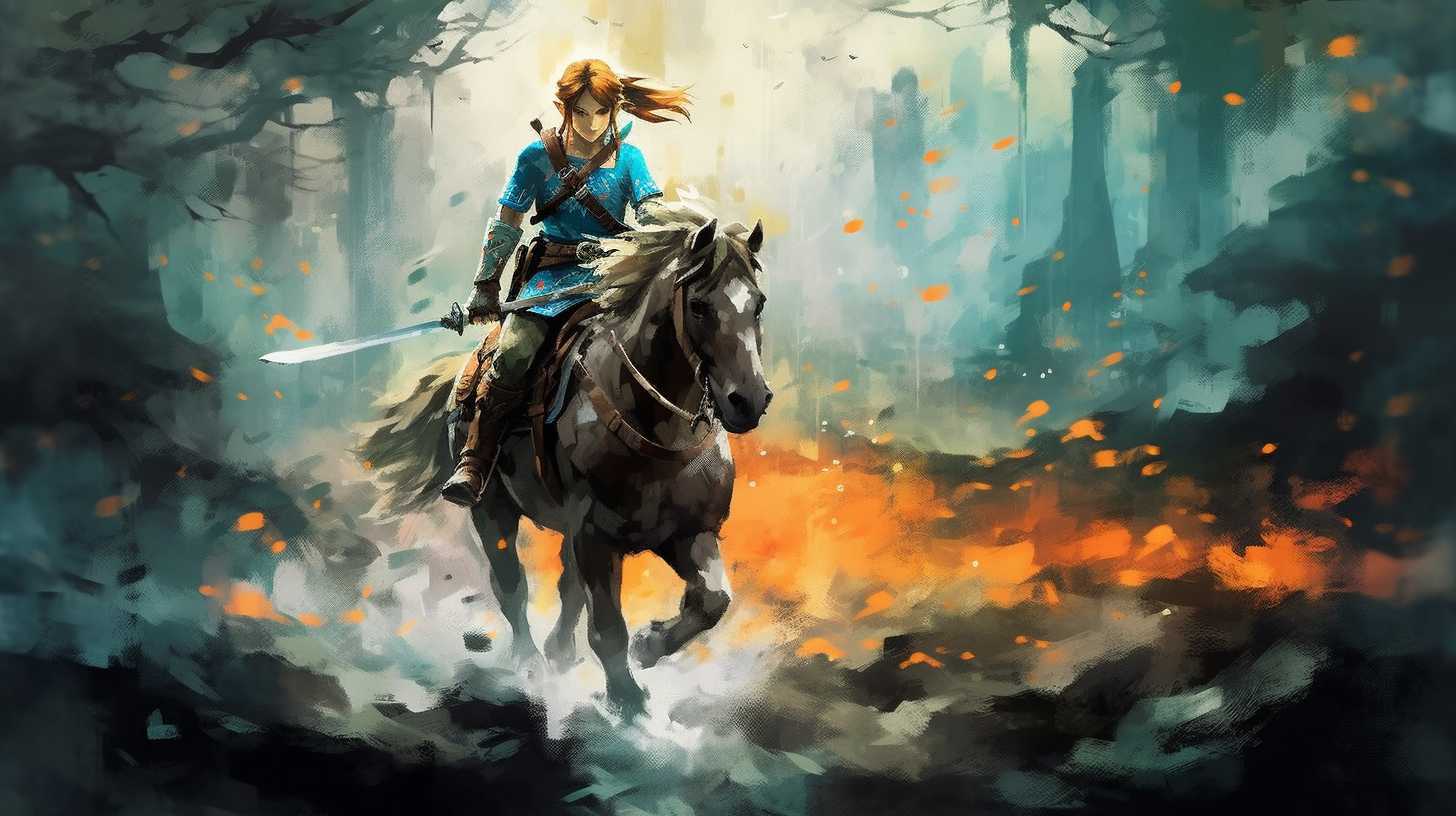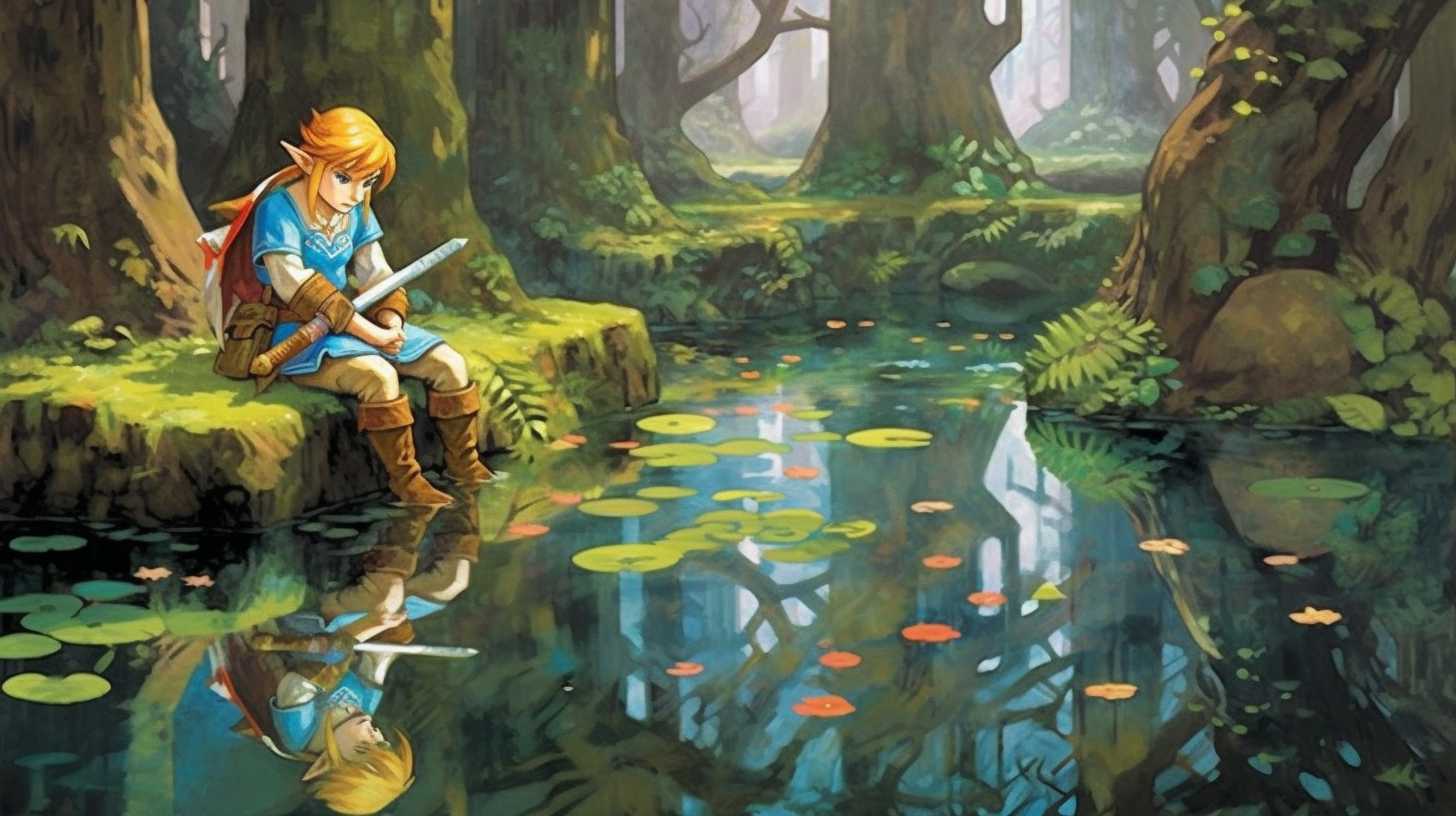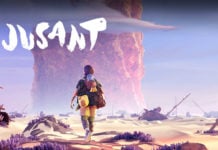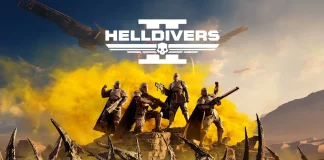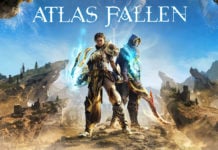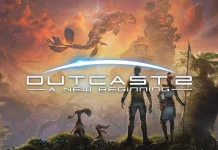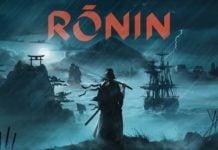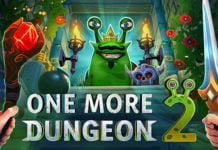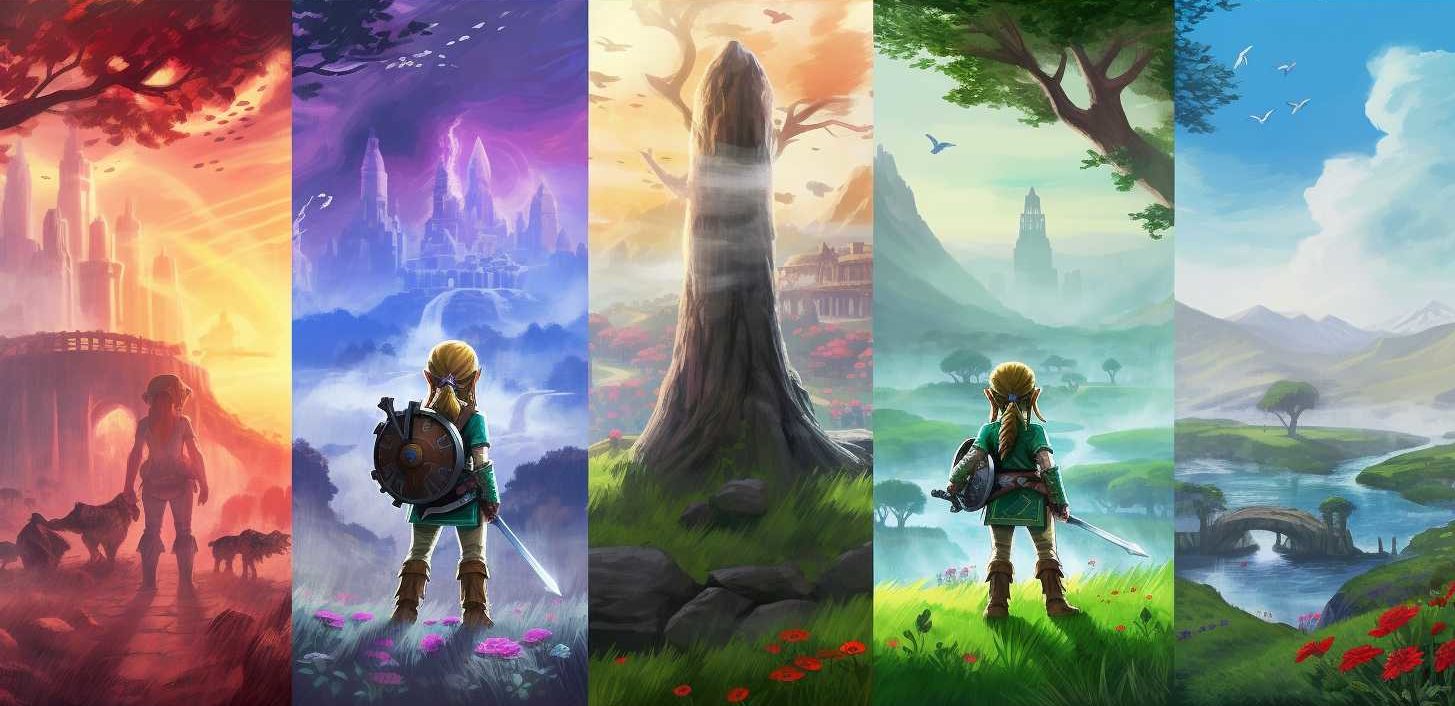
In a world where modern games often hold players’ hands, guiding them through every step of their journey, The Legend of Zelda: Tears of the Kingdom stands out as a shining example of how to create engaging and challenging quests. This game provides players with just enough information to keep them on track, while still encouraging them to think for themselves and explore the vast world around them.
Finding some ancient treasure that has been lost for centuries is far less satisfying to uncover when a marker on your map shows you exactly where to go. Many contemporary titles, such as Horizon Forbidden West, have been criticized for being too easy and spelling everything out for players, ultimately detracting from the overall gaming experience.
The Legend of Zelda: Tears of the Kingdom achieves a delicate balance between providing helpful guidance and allowing players to discover things for themselves. This is achieved through subtle in-game hints, such as environmental cues and NPC dialogue, which gently nudge players in the right direction without explicitly telling them what to do. This approach allows players to feel a sense of accomplishment when they finally piece together the puzzle and figure out the solution on their own.
The Dangers of Over-Assistance
On the other hand, some modern games have taken the opposite approach, providing players with extensive guidance and assistance throughout their journey. While this may make the game more accessible to a wider audience, it can also lead to a less satisfying experience for those seeking a challenge.
For example, the Horizon games for PlayStation have been criticized for its over-reliance on waypoints and objective markers, which can make the game feel too linear and predictable. Games on the visual level of Horizon are blurring the lines between movies and video games but we still want to feel like the adventure is yours. Finding yourself unsure what to do next only for Aloy to say “Maybe I should do X” 15 seconds into entering the room take all of the satisfaction out of solving the puzzle. It can be nice to get a small prompt when you are stuck but these prompts often come before you have time to finish analysing the obstacles in the room.
The Art of Discovery and the Quest Log In Golden Age RPGs
In the older generation of RPGs, the quest log played a crucial role in immersing players in the game world. Rather than providing a detailed roadmap with objective markers and step-by-step instructions, the quest log served as a dynamic record of the player’s discoveries and progress throughout their adventure. This approach encouraged exploration, critical thinking, and interaction with the game world, as players pieced together information from conversations with NPCs, environmental clues, and their own intuition.
Classic RPGs like Baldur’s Gate, Planescape: Torment, and the early entries in The Elder Scrolls series were renowned for their deep, intricate quest design. Players were often required to read between the lines, deciphering cryptic hints and making connections between seemingly unrelated events. This process of discovery and deduction created a sense of wonder and intrigue, as players felt like they were truly unraveling the mysteries of the game world.
In stark contrast, many modern RPGs have streamlined the questing experience, providing players with detailed instructions and objective markers that lead them directly to their goals. While this approach may make the game more accessible and less frustrating for some players, it also removes much of the challenge and sense of accomplishment that comes with discovering things for oneself.
By revisiting the design philosophy of older RPGs and incorporating elements of exploration and discovery into their quest design, developers can create a more engaging and immersive experience for players. By striking a balance between guidance and freedom, games like The Legend of Zelda: Tears of the Kingdom demonstrate that it’s possible to cater to diverse preferences and playstyles, while still providing a rewarding and satisfying journey for players who crave the challenge and satisfaction of the golden age of RPGs.
The Importance of Diverse Perspectives
It’s crucial to consider that different players have different preferences when it comes to gaming. Some may enjoy the challenge of figuring things out for themselves, while others may prefer a more guided experience. The key is to strike a balance that caters to a wide range of players, ensuring that everyone can enjoy the game, regardless of their preferred playstyle. There is no reason why a quest marker couldn’t become an optional thing that you can toggle. With that being said, the sense of community you see when players dive into forums and community groups to discuss the obstacles and work together to figure them out is something we are really missing out on with modern gaming.
The Legend of Zelda: Tears of the Kingdom serves as an excellent example of how to design engaging and challenging quests that provide just enough guidance without spoon-feeding players. By encouraging exploration and problem-solving, the game creates a more rewarding and immersive experience that stands out in a sea of overly-assisted modern titles. As the gaming industry continues to evolve, developers should take note of this approach and strive to create games that cater to diverse preferences and playstyles.

